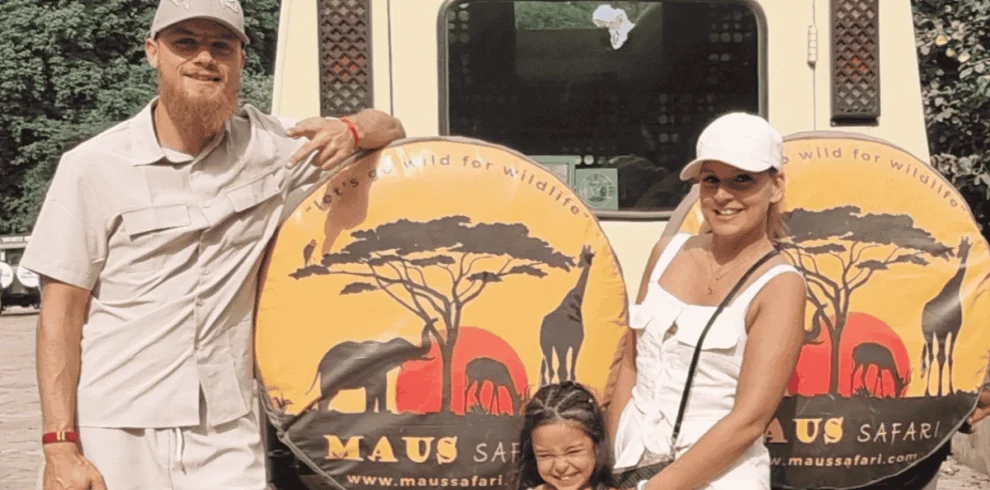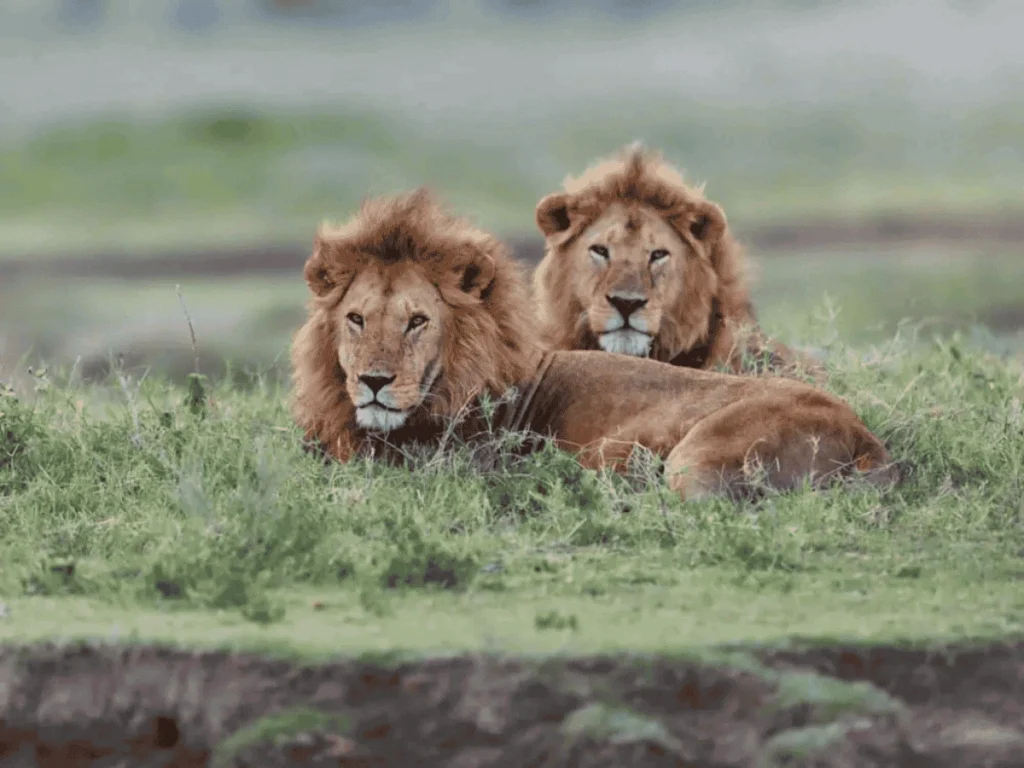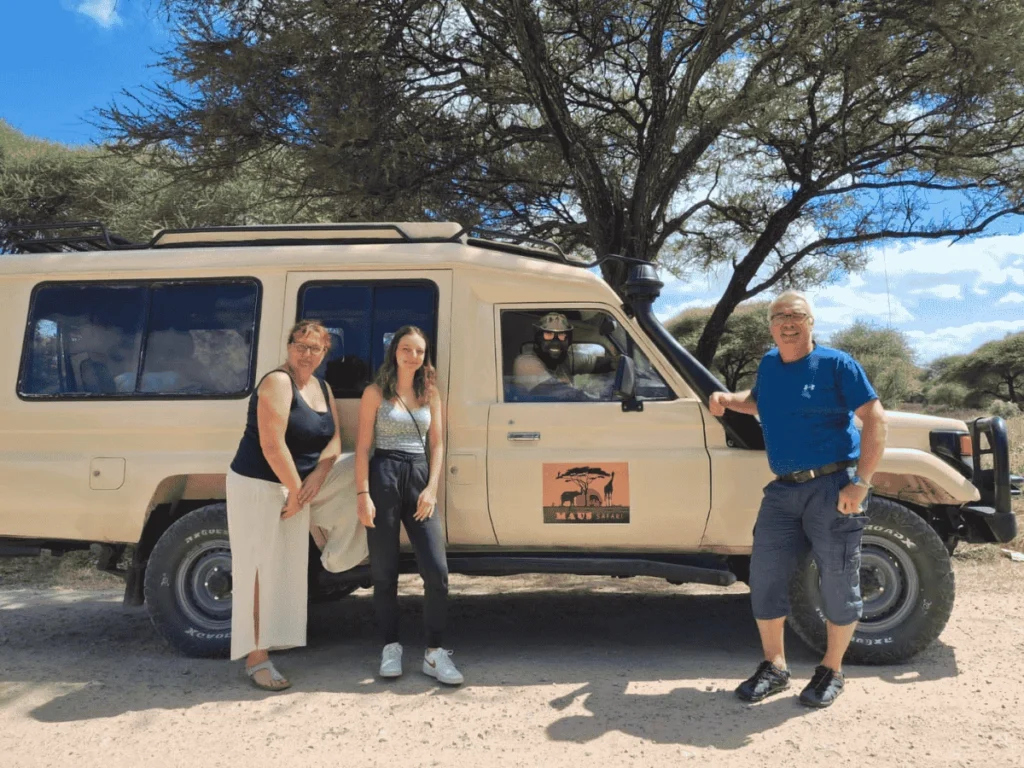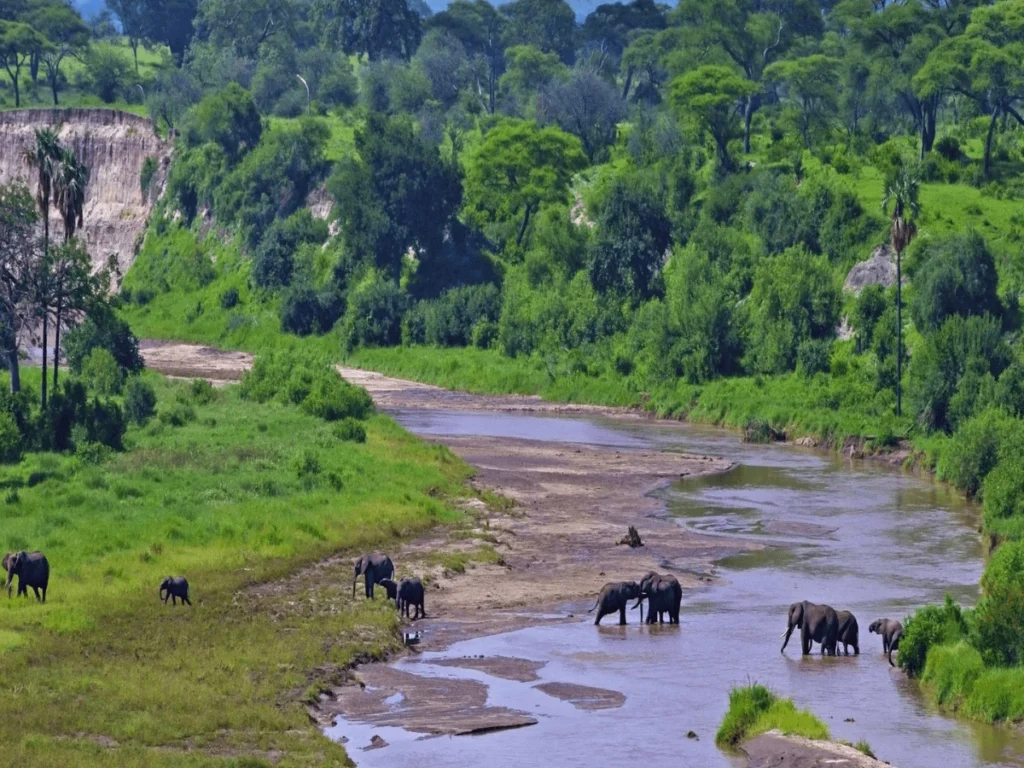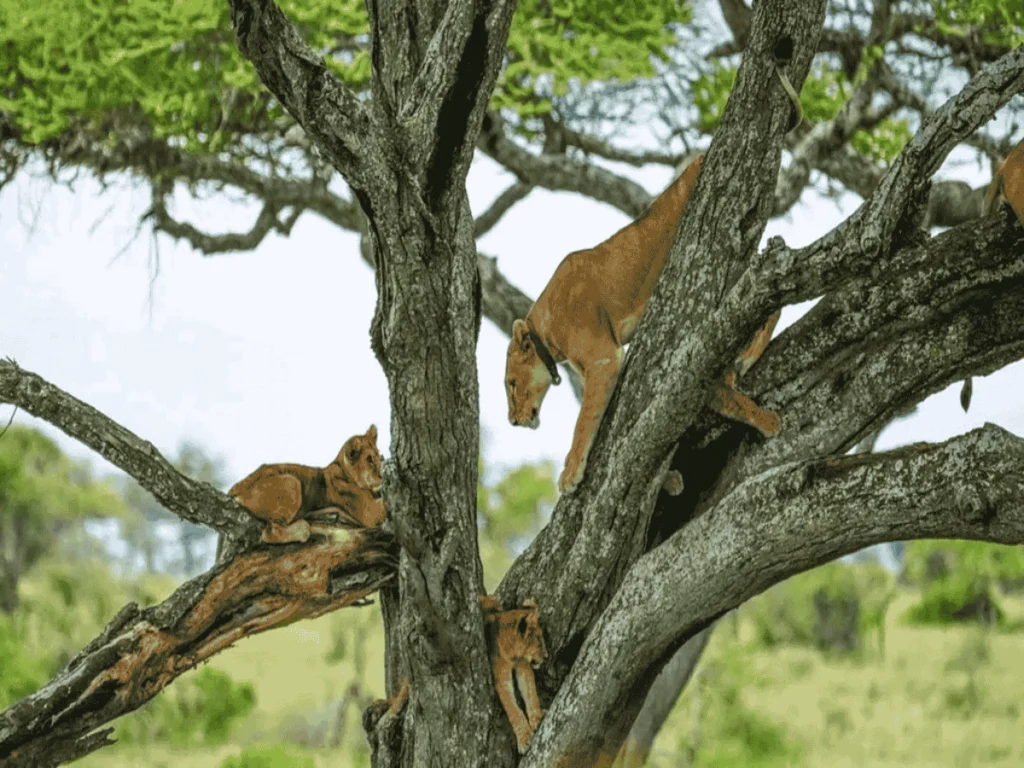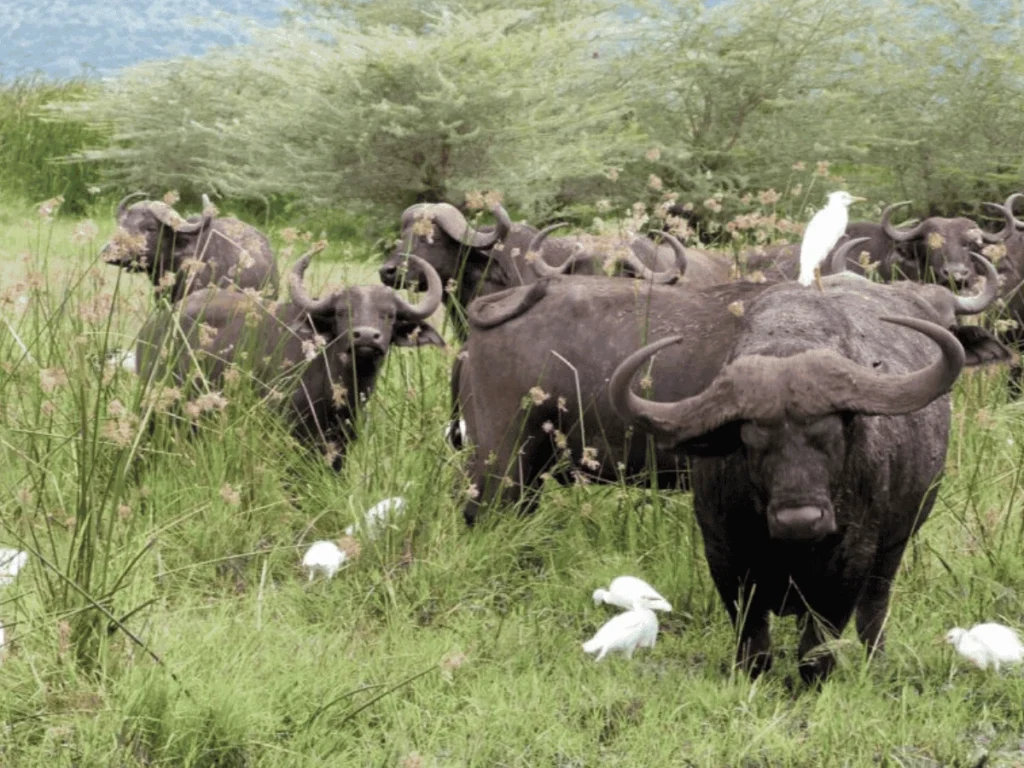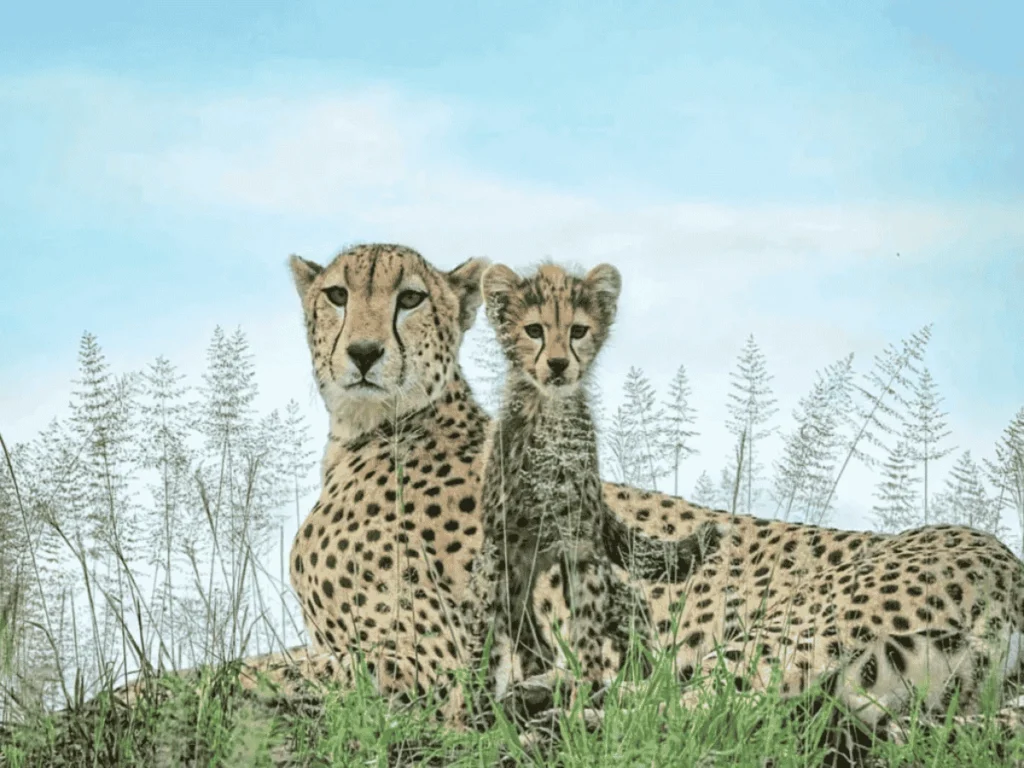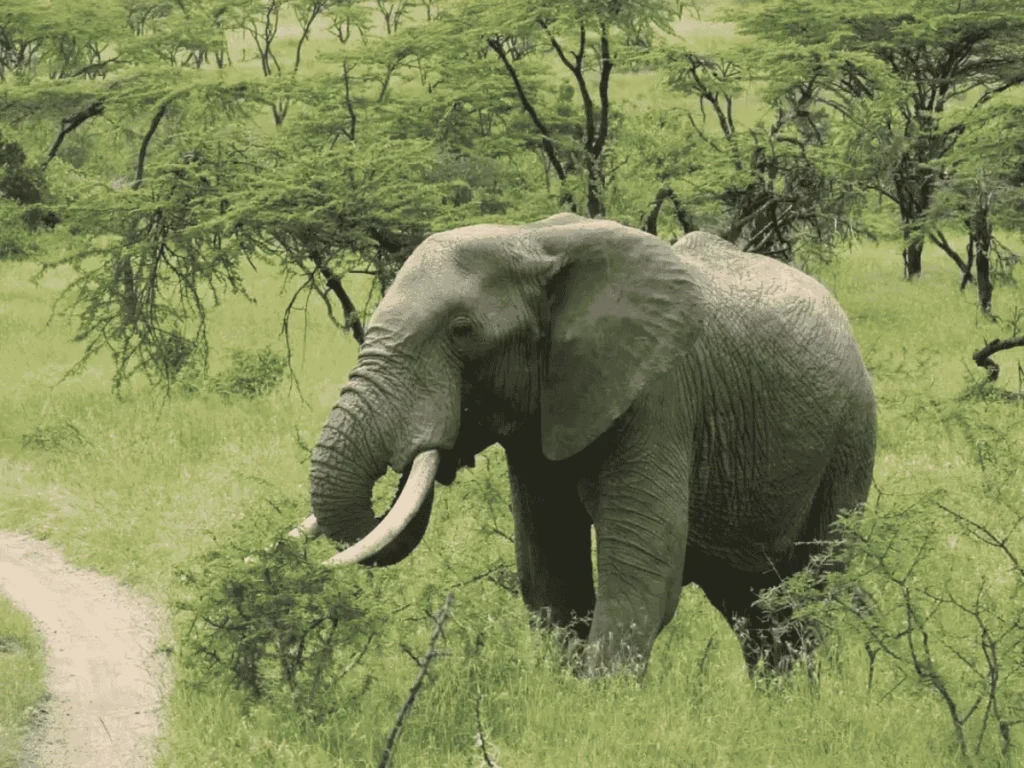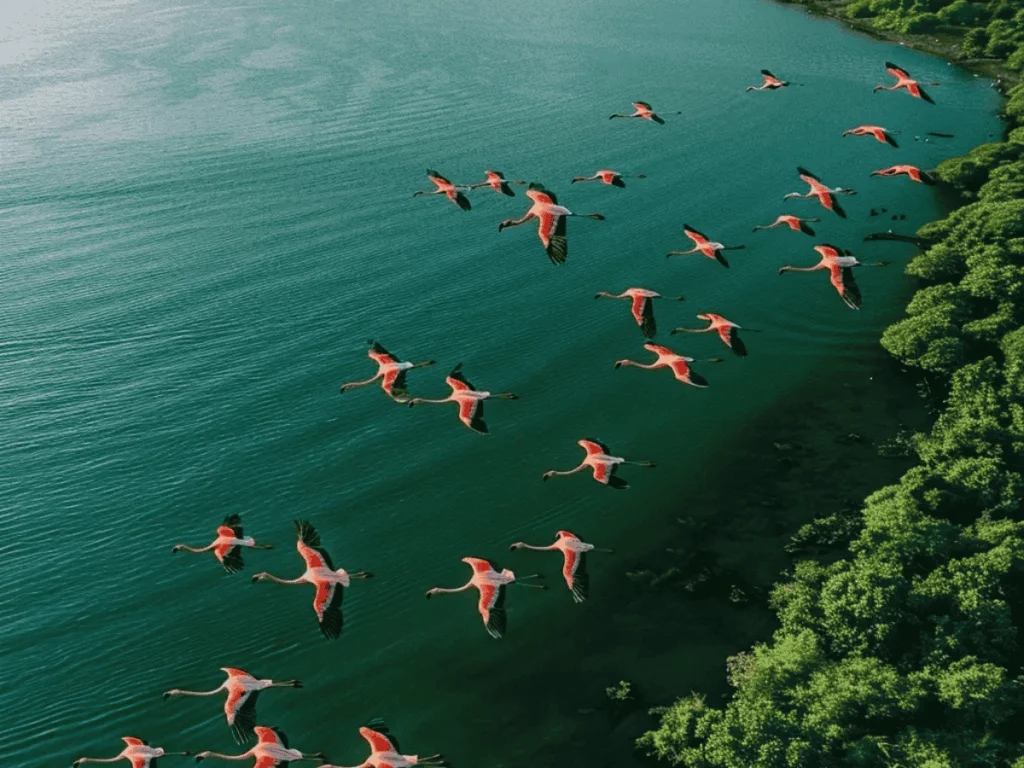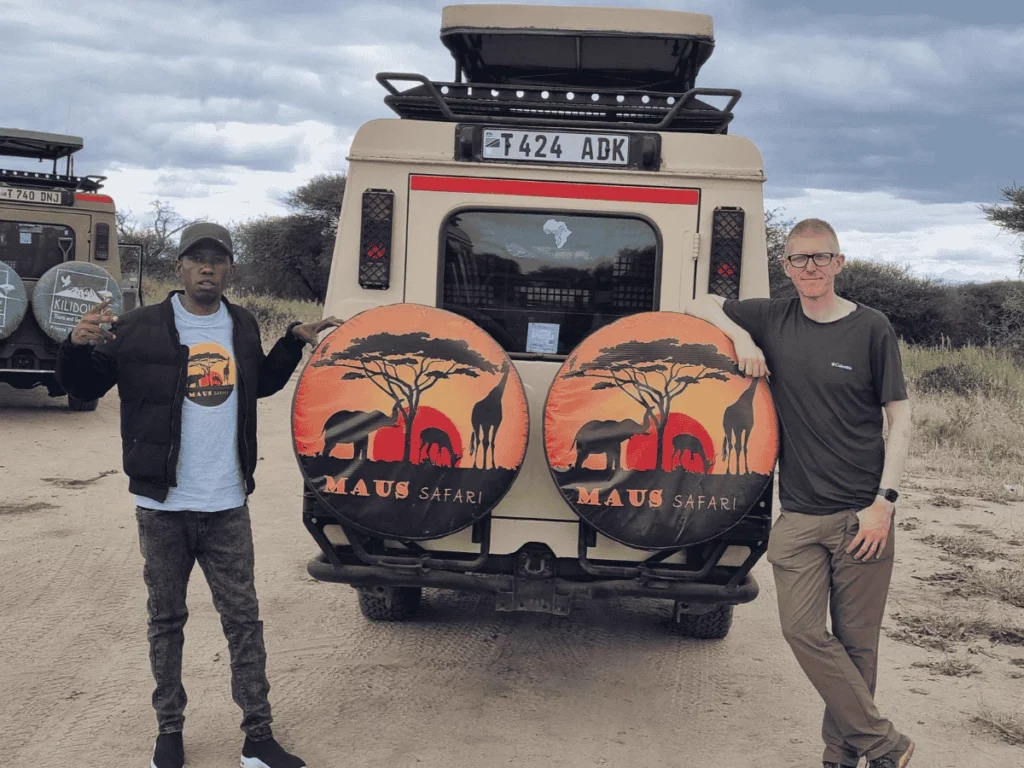- 4
- 2
- 2
- 3
- 2
- 12
- 2
- 5
- 6
- 1
- 1
- 8
- 7
- 7
- 4
Tarangire National Park
Tarangire National Park: A Wildlife Paradise with Maus Safari
Maus Safari Company is excited to take you on an unforgettable safari adventure to Tarangire National Park, one of Tanzania’s most popular wildlife destinations. Located just a short drive from the bustling city of Arusha, Tarangire is a haven for wildlife enthusiasts, offering a chance to see an incredible array of animals in their natural habitat.
Maus Safari: Your Gateway to Tarangire’s Wonders
With Maus Safari, you’ll experience the wonders of Tarangire National Park in style and comfort. Our experienced guides will lead you on thrilling game drives through the park’s diverse landscapes, from acacia woodlands to towering baobab trees. Along the way, you’ll have the opportunity to spot an abundance of wildlife, including:
Majestic elephants: Tarangire is home to one of the densest elephant populations in Africa, making it an ideal place to witness these gentle giants in their element.
Predatory lions: Keep your eyes peeled for lions, the kings of the jungle, as they stalk their prey through the tall grasses.
Elegant giraffes: Towering above the savanna, giraffes are a graceful sight to behold.
Playful zebras: These iconic zebra stripes are a familiar symbol of the African wilderness.
Curious monkeys: Watch as cheeky monkeys swing from the branches and playfully interact with each other.
Maus Safari: Your Comfort and Satisfaction Guaranteed
At Maus Safari, we are committed to providing our guests with an exceptional safari experience. Our comfortable safari vehicles will ensure you travel in style, while our knowledgeable guides will share their insights into the park’s flora and fauna. We also offer a variety of accommodation options to suit your budget and preferences, from luxury lodges to cozy campsites.
Tarangire National Park: A Safari Experience Like No Other
Tarangire National Park is a true gem of Tanzania, offering a wildlife experience that is unmatched anywhere else in the world. With Maus Safari, you’ll have the opportunity to explore this incredible park and create memories that will last a lifetime.
Contact Maus Safari Today
To book your Tarangire National Park safari with Maus Safaris, please contact us today. We’ll be happy to help you plan your dream African adventure.

